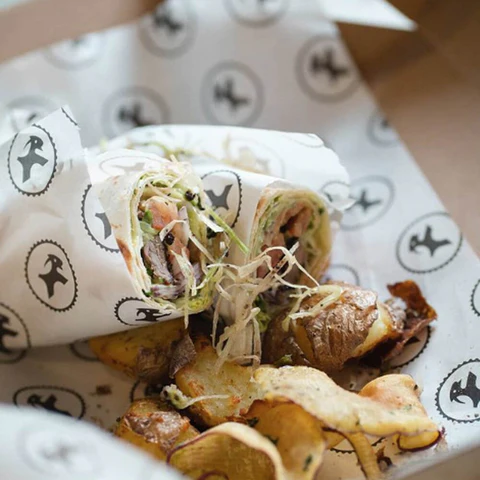The Intriguing World of Deli Tissue A Closer Look
When we think about delis—the aromatic, bustling hubs of culinary delights—our minds often picture a vibrant array of meats and cheeses, artisanal bread, and fresh produce. But one crucial element often gets overlooked in this flavorful tapestry deli tissue. The unassuming yet vital paper contributes significantly to the deli experience, enhancing both the presentation and freshness of the food we cherish.
Deli tissue, typically made from parchment or other types of food-safe paper, serves various purposes in the deli environment. Firstly, it acts as a protective barrier between food items, preventing cross-contamination—a crucial factor in food safety. In a world increasingly aware of health concerns, it’s no surprise that delis prioritize cleanliness. By wrapping sandwiches and deli meats in deli tissue, operators can offer a hygienic layer that safeguards against external contaminants.
Besides food safety, deli tissue adds an element of presentation that enhances the overall eating experience. Imagine walking into a deli and seeing beautifully arranged sandwiches wrapped in colorful tissue, each showcasing the fresh ingredients within. This not only tempts the eye but also conveys a level of care and attention to detail that customers appreciate. A well-wrapped sandwich or deli item can elevate a simple meal into a culinary masterpiece, reflecting the artistry of the deli staff.
deli tissue

Moreover, the properties of deli tissue play a significant role in maintaining food freshness. Unlike regular paper, deli tissue often incorporates qualities such as breathability and moisture retention. Such characteristics help to keep items like cheeses and cured meats fresh for longer periods. For example, when storing sliced cheese, wrapping it in deli tissue allows moisture to escape while still keeping the cheese from drying out, striking a perfect balance between air exposure and moisture retention.
Deli tissue also encouraged sustainability in the culinary world. As awareness of environmental issues grows, delis are increasingly seeking eco-friendly alternatives to traditional plastic wraps and containers. Many deli tissues today are made from recycled or biodegradable materials, reducing the ecological footprint of food packaging. Customers, especially those in younger generations, are often drawn to businesses that prioritize sustainable practices, making deli tissue a pivotal tool in modern delis as they adapt to changing consumer values.
Another fascinating aspect of deli tissue is its versatility. While it’s primarily associated with the deli sector, it has found applications in a variety of culinary settings. From gourmet food trucks to fine dining establishments, chefs and operators utilize deli tissue for everything from sandwich wraps to presentation plates. It can also function as a liner for food baskets or trays, combining style with functionality.
In conclusion, while deli tissue might appear to be a mundane item in the bustling world of food service, it is undeniably an essential component of the deli experience. It promotes health and hygiene, enhances presentation, preserves freshness, supports sustainability, and showcases versatility. As we continue to engage with a world filled with complex flavors and innovative food practices, the humble deli tissue stands as an unsung hero, quietly functioning behind the scenes yet playing a critical role in our enjoyment of delectable deli delights. Next time you indulge in a handcrafted sandwich or a savory slice of deli meat, take a moment to appreciate not just the culinary artistry on your plate, but also the often-overlooked deli tissue that helps to elevate the entire experience.



